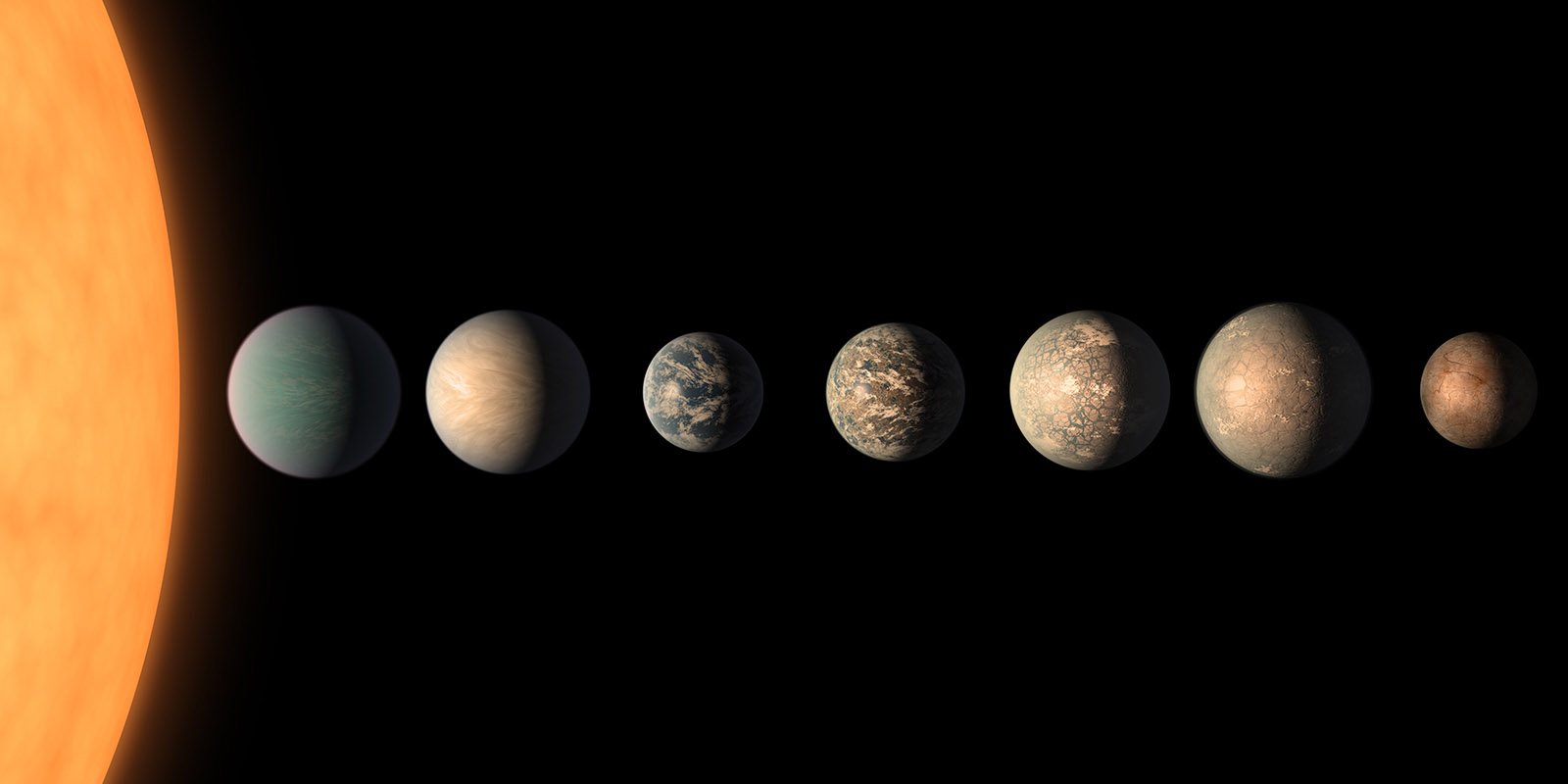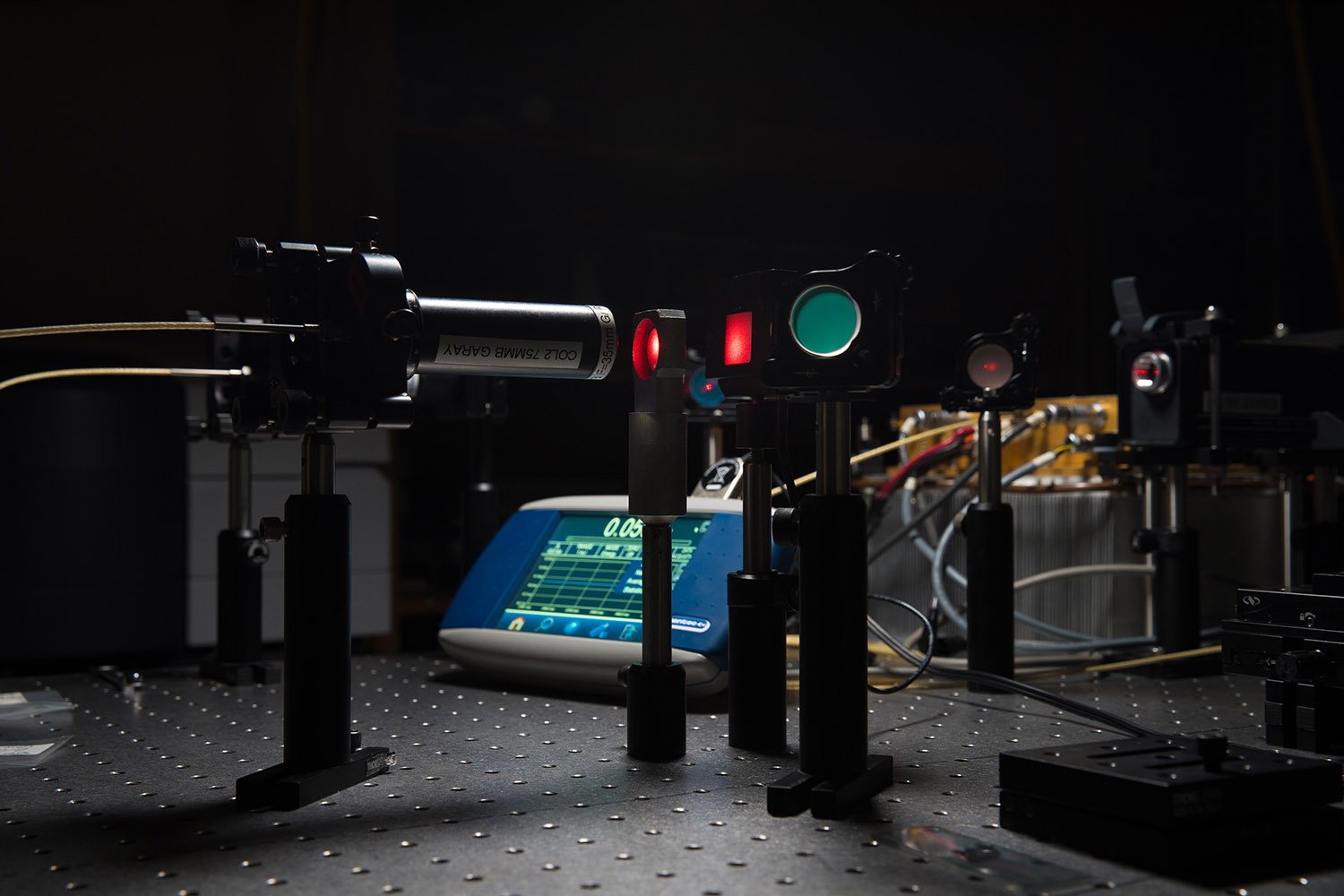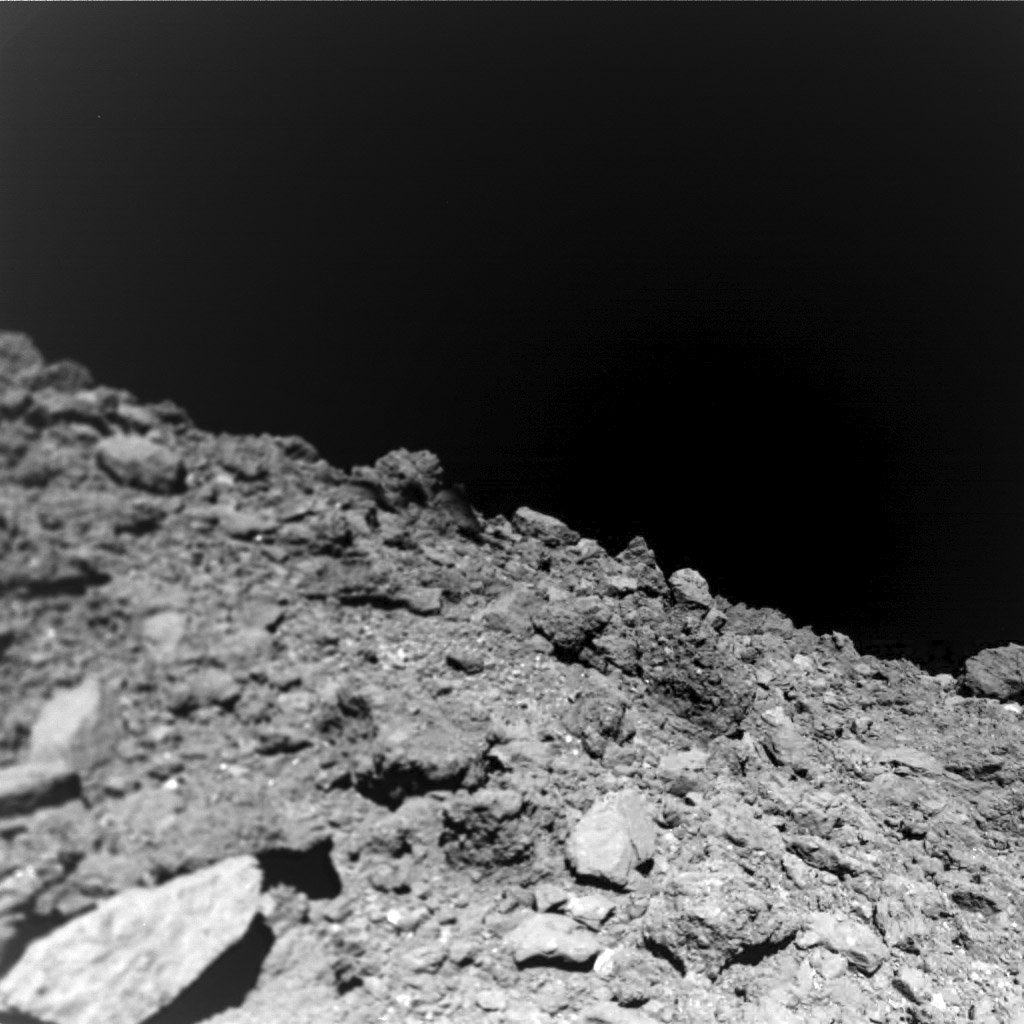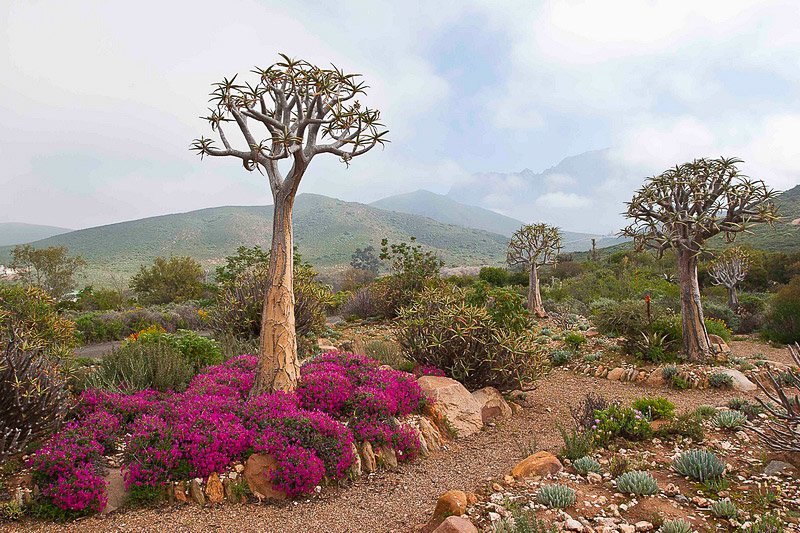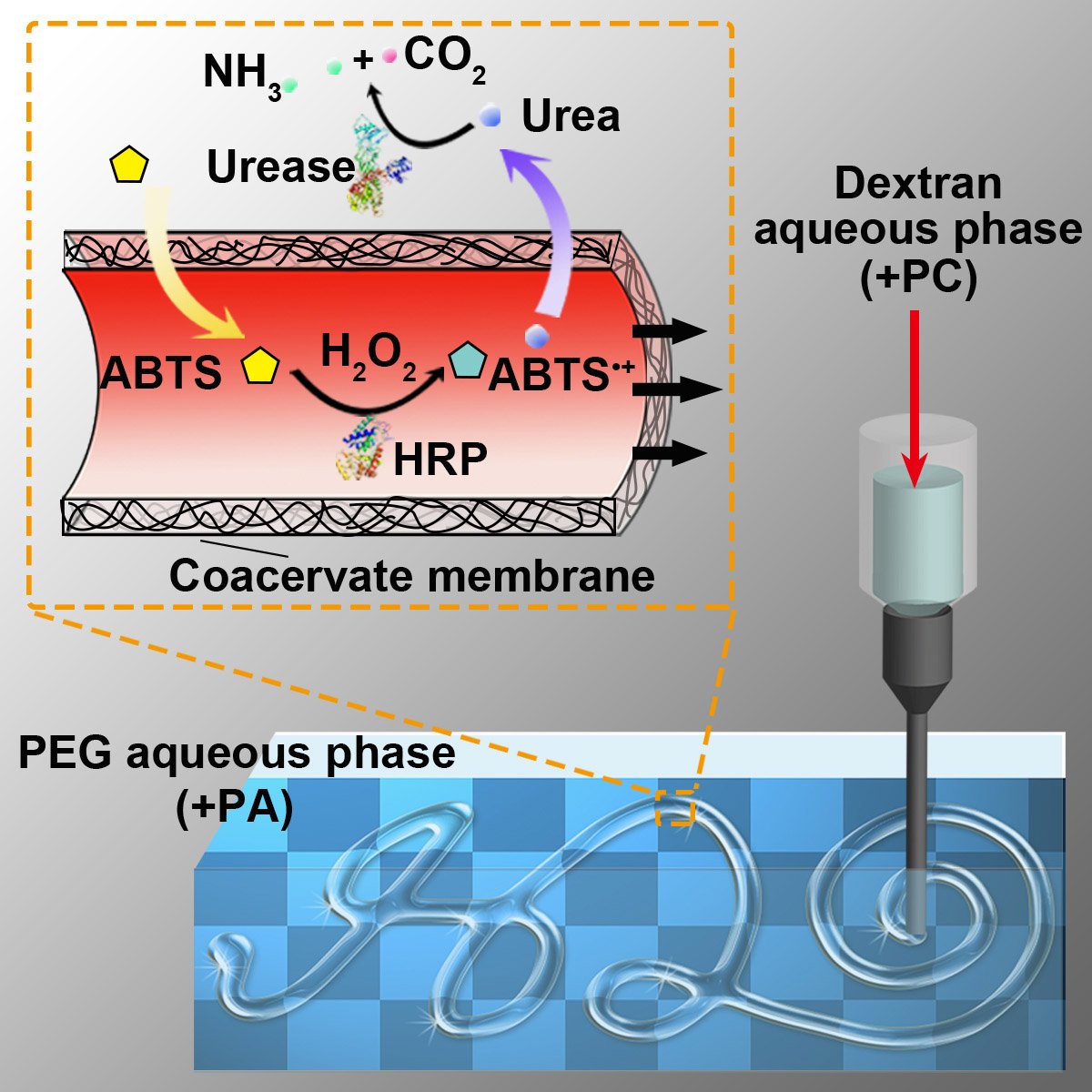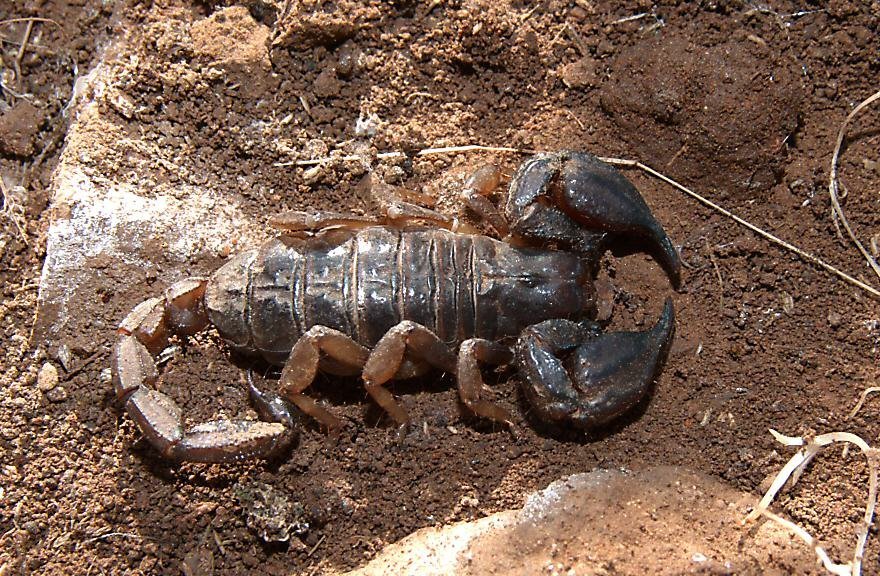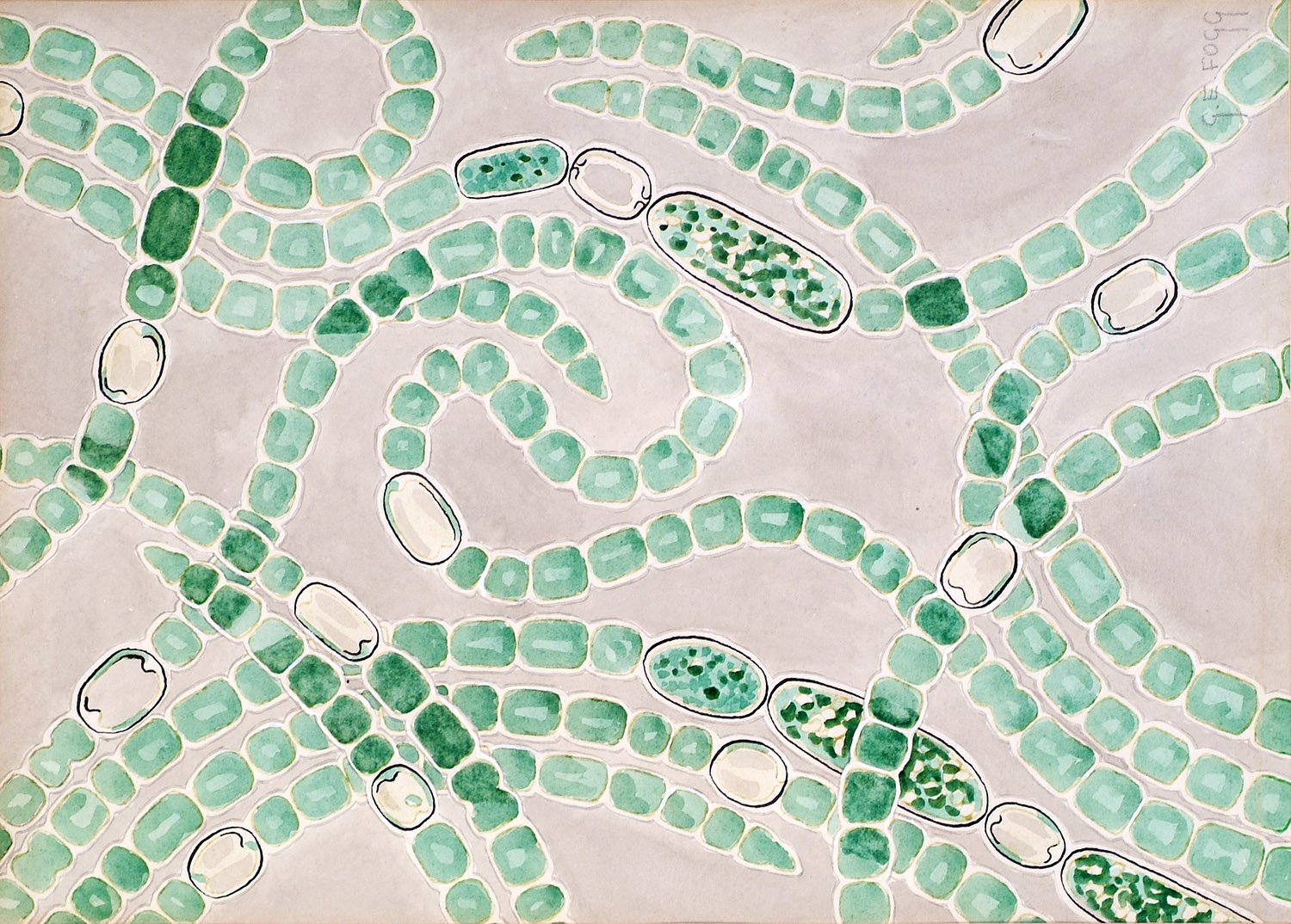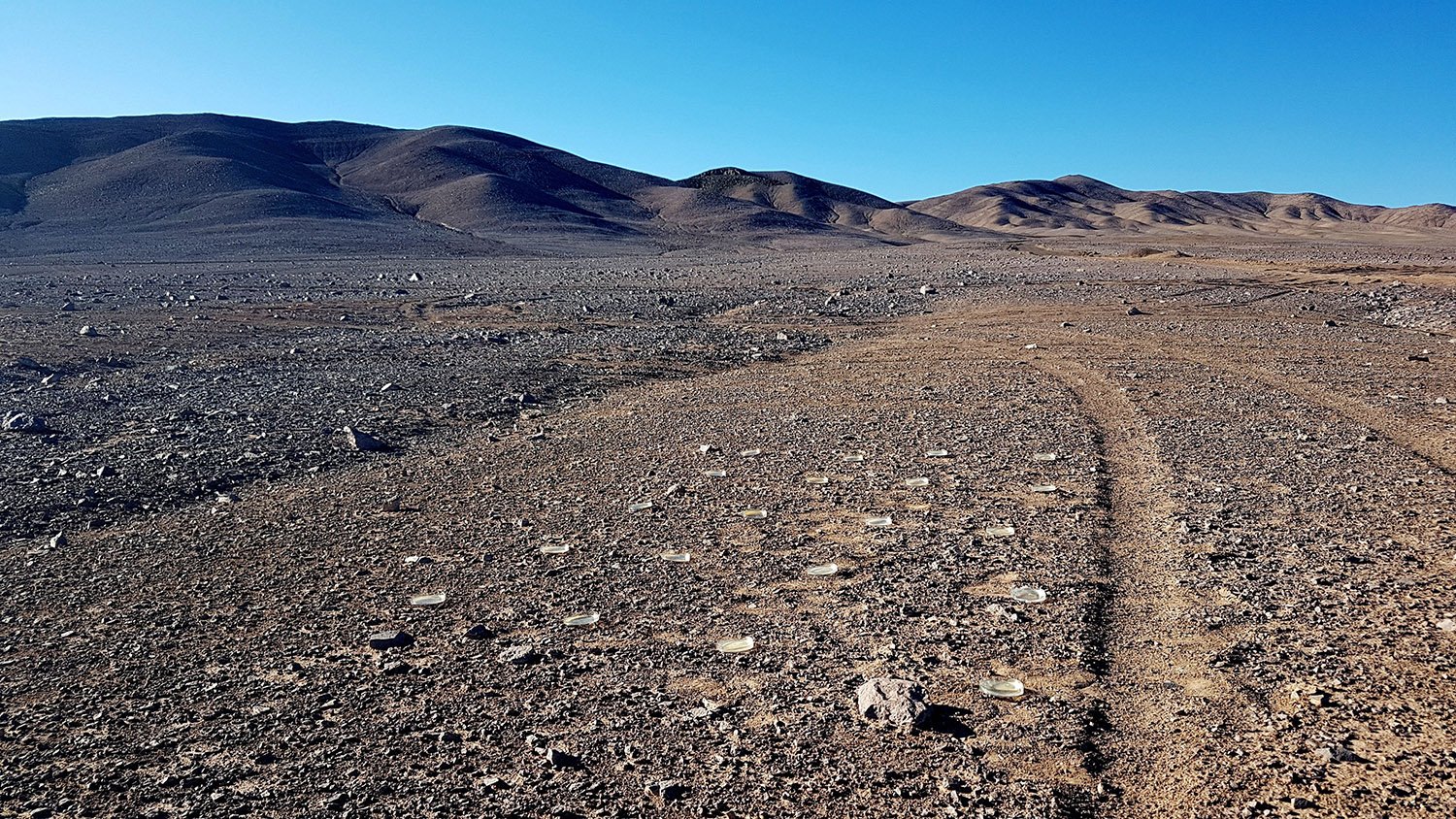Study shows some exoplanets may have greater variety of life than exists on Earth
A new study indicates that some exoplanets may have better conditions for life to thrive than Earth itself has. “This is a surprising conclusion”, said lead researcher Dr Stephanie Olson, “it shows us that conditions on some exoplanets with favourable ocean circulation patterns could be better suited to support life that is more abundant or … Read more
